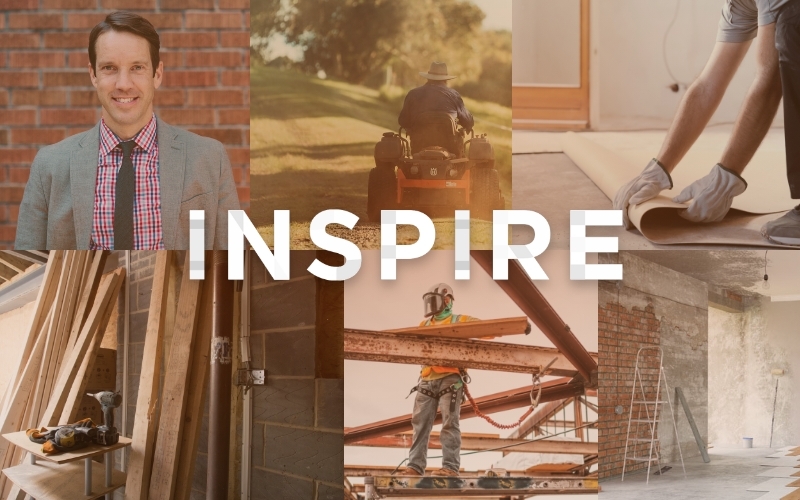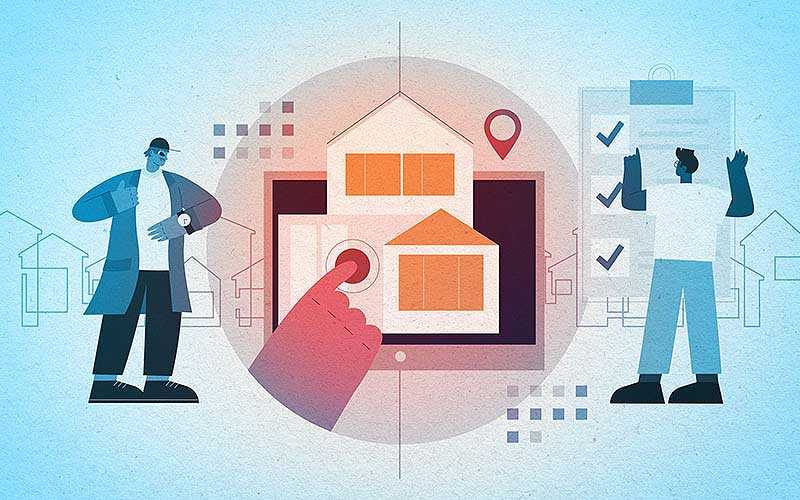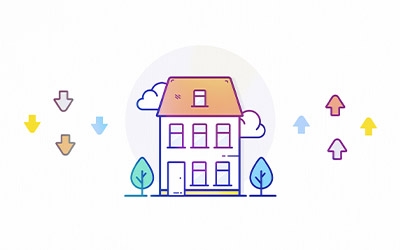Industry Trends
If you work in the home and building category, you’ve probably heard of the Home Improvement Research Institute. The nation’s top resource for market research concerning the home improvement products industry, HIRI provides business leaders and marketing professionals with data and insights to help make informed business decisions.
HIRI held its annual Home Improvement Insights Summit conference virtually September 21–23, and people from all over the country tuned in to hear top industry experts discuss how to stay ahead of the changes impacting home improvement. Topics included exclusive secondary research, insights on shifts within the channel, key market drivers and changes in product and project preferences.
Did you miss the conference, or do you need a quick refresher? Here are seven quick takes from the Wray Ward Insights team.
1. Housing affordability is likely to decline as we enter 2022.
Supply-side challenges are increasing residential construction costs. Rob Dietz of the National Association of Home Builders predicted that even once building material prices begin to normalize, skilled labor shortages will persist. These factors, in turn, will make entering the market for first-time buyers and minority buyers increasingly difficult.
2. Demand for home improvement professionals will continue to grow.
COVID-19 shifted how homeowners view the spaces they live in. The pandemic-fueled need for more homes to do double, triple and quadruple duty (serving as an office, gym, daycare and more) created a surge in DIY remodeling.
Liza Hausman, vice president of industry marketing at Houzz, said more than half of homeowners took on projects themselves in 2020. However, as most of these improvements wind toward completion and people become more comfortable with the idea of having others in their home, expect a 60% increase in demand for professional contractors. This means the professional home and building products market can also expect further growth.
3. 2022 will be a transitional period.
As we shift into a post-pandemic world, hybrid back-to-work/school models and increasing socialization may dictate design choices, according to Therese Caruso of Zeno Group. There will be some back-and-forth as people reprioritize life events and activities. For example, those who spent a lot on remodeling or decor in 2020–21 may want to spend money on travel again.


